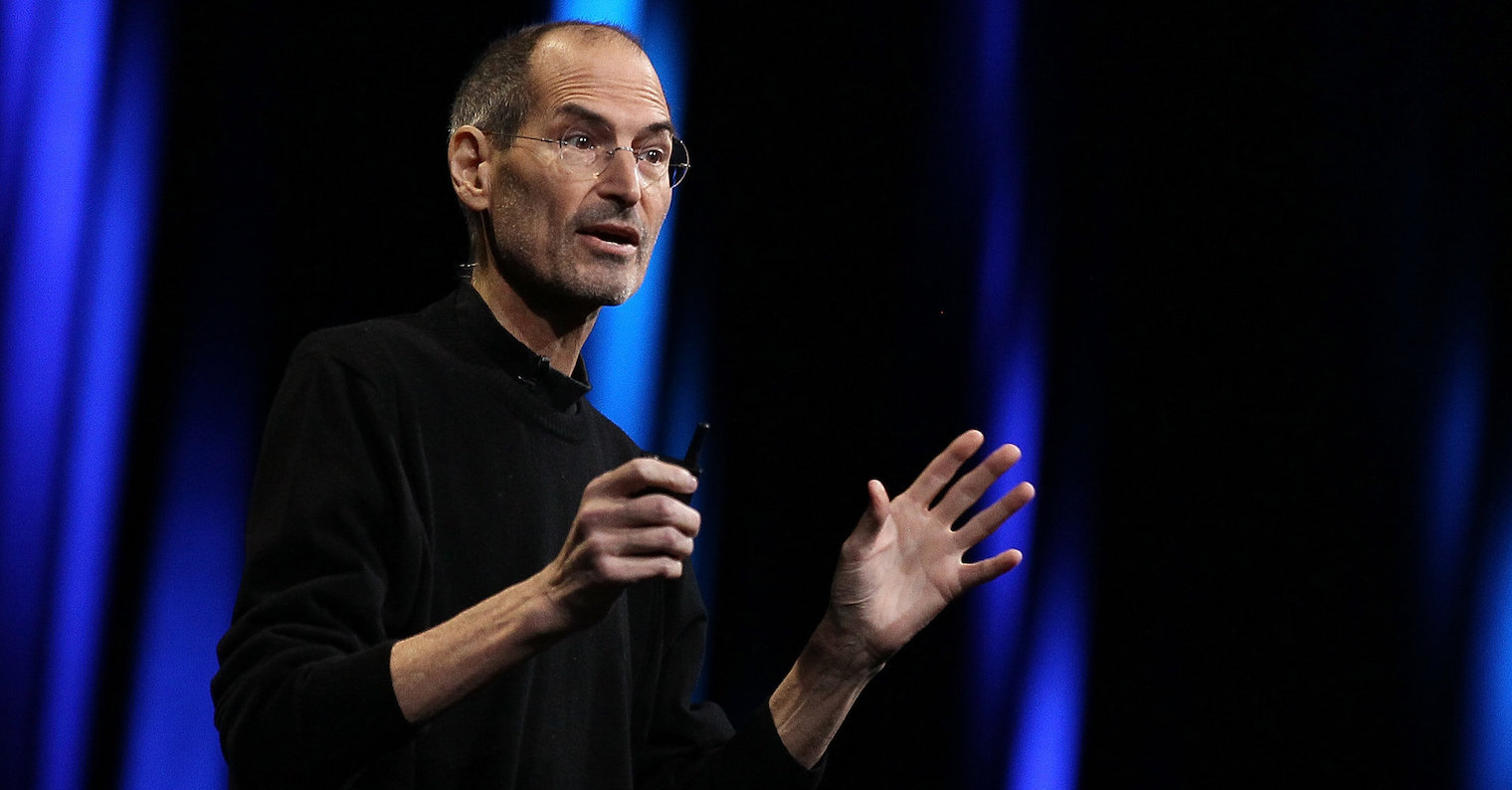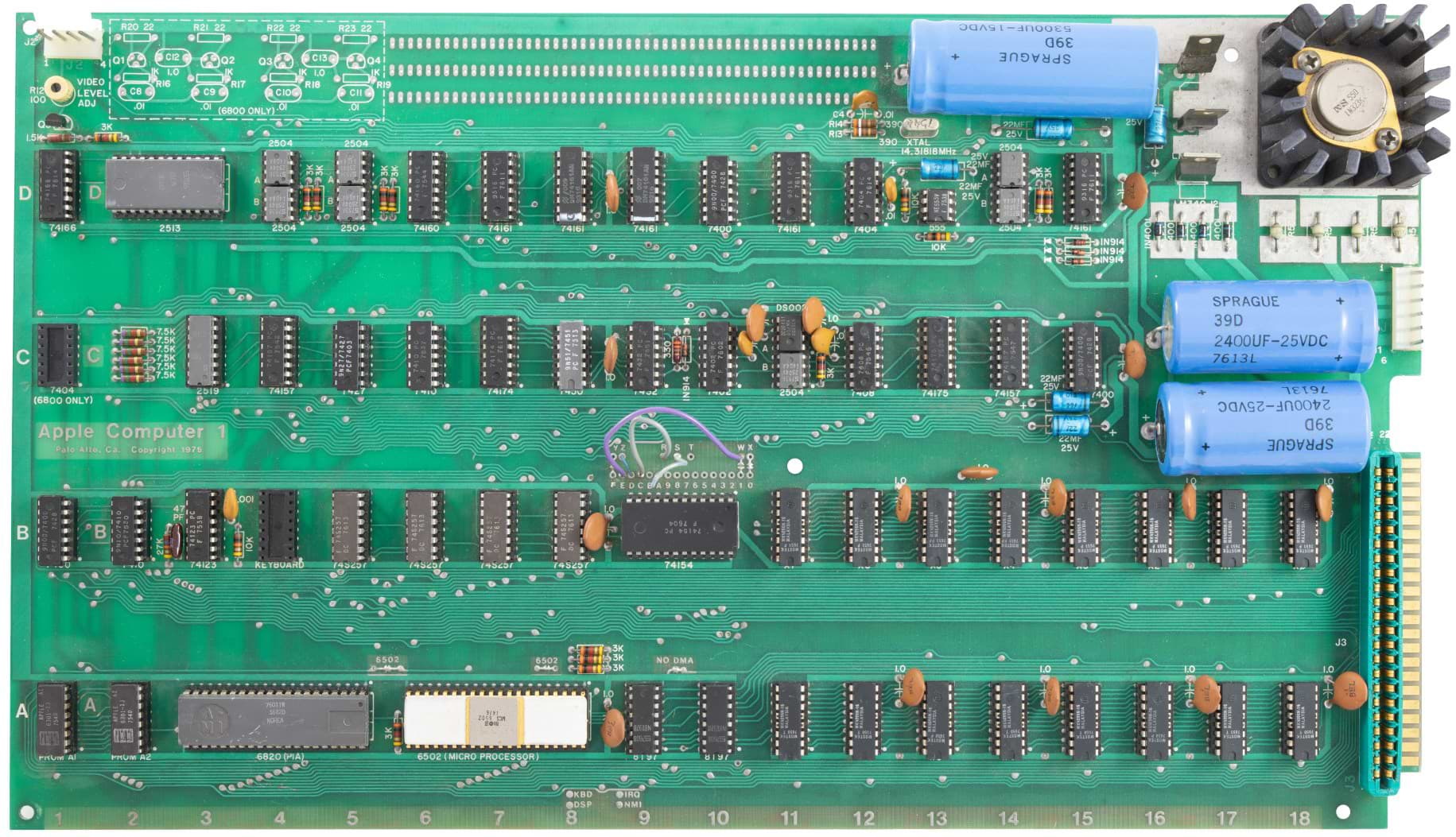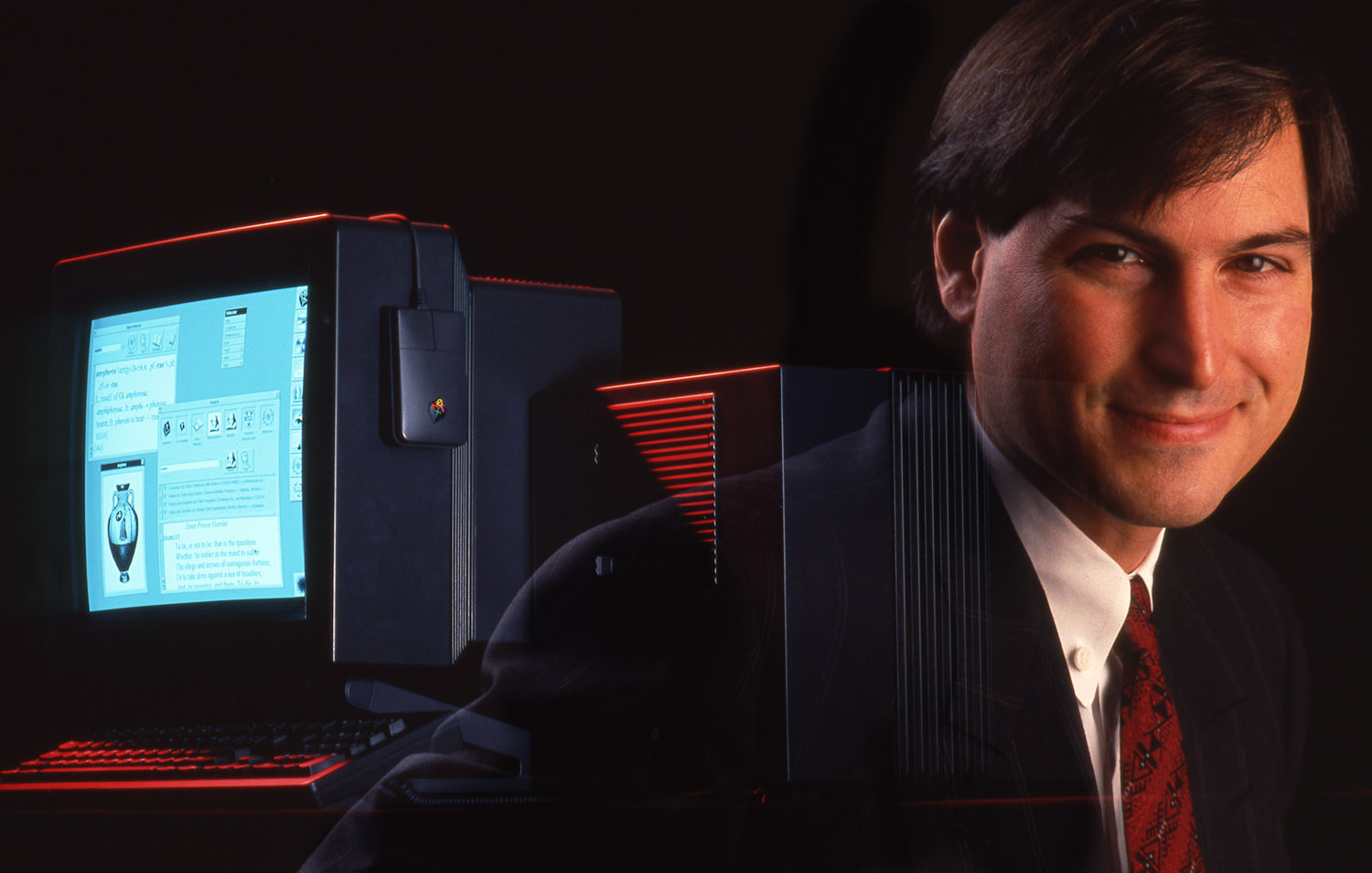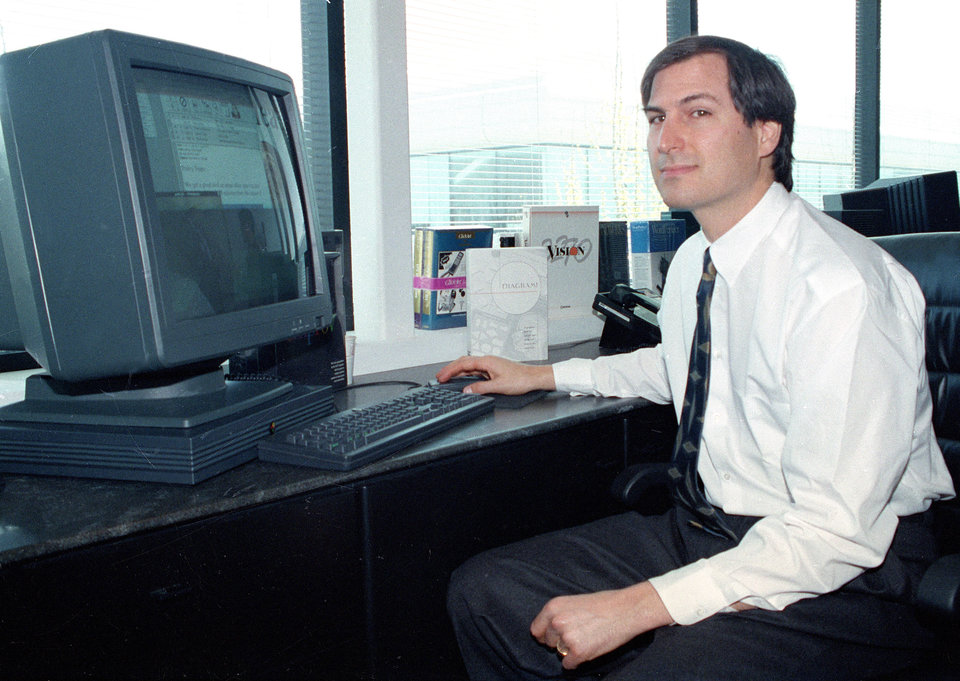Today is the 10th anniversary of the death of Apple visionary and CEO Steve Jobs. But instead of being sad, we want to remember his successes, thanks to which he and a handful of colleagues were able to build the kind of company that Apple is today. So take a look at 10 of the company's most interesting, and in many cases, most successful products, but with one of Steve's own personal twists.
It could be interest you

Apple I (1976)
What could be more important in the history of the company and its founder Steve Jobs than the very first product? The Apple I was the first personal computer with the Apple name, although it wasn't really a computer as we know it today. The chassis, power supply, monitor and keyboard were missing. It was actually only a motherboard with 60 chips, which was intended more for do-it-yourselfers who also supplied the necessary software. Even so, the value of that computer with 4kb of RAM was $666,66.

Apple II (1977)
Compared to the company's first computer, the second one already had the appearance of a real, and above all usable, device. It was fitted with an 8-bit MOS Technology 6502 microprocessor, while retaining 4 kb of RAM. But it also had a cassette player and built-in ROM support for the Integer BASIC programming language (written by Apple co-founder Steve Wozniak). Logically, the price also increased, which was 1 dollars in the case of the basic version. It was further expanded in the form of versions II Plus, IIe, IIc and IIGS. The Apple II was the first computer that people of that time could see with their own eyes. It was a sales hit and Apple went into overdrive.
Macintosh (1984)
The fame of the computer itself was determined by its advertisement, which paraphrased the novel 1984 by the English writer George Orwell. The big brother here was IBM. The joke is that although the advertisement is one of the most successful in the history of this industry, it did not show the advertised product at all. It was then paraphrased again by the company Epic Games, which drew attention to what it believed to be unfair practices of the App Store. The Macintosh was then the first computer to popularize the graphical user interface.
NeXT Computer (1988)
Steve Jobs' career history did not only include Apple. He had to leave it in 1985 and three years later founded his company NeXT Computer. He invested 7 million dollars in it, and after the first year of existence the company was threatened with bankruptcy. Everything was solved by the billionaire Ross Perot, who invested in Jobs and he was able to present the first NeXT product in 1990. His "Workstation" was very technologically advanced, but also extremely expensive, costing $9. The history of NeXT was sealed with the return of Jobs to Apple, i.e. in 999, when Apple bought it.
iMac (1998)
Apple was on the verge of bankruptcy. The company has not always been as successful as it is now. That's also why she approached Jobs again to come back. The iMac G3 was then the first product that came out of the company's workshop after its return. And it was a hit. This all-in-one computer stood out for its design, in which Jony Ive also participated. Translucent colored plastics beckoned to use the computer, which simply stood out among the flood of other various beige ones. He also gained recognition for the use of USB ports, which were not yet widely used at the time. The success of the product is evidenced by the fact that Apple still has it in its portfolio today.
iBooks (1999)
The iBook laptop was actually a portable version of the iMac, introduced a year earlier. It too was equipped with a PowerPC G3 processor, USB, Ethernet, modem and optical drive. On order, however, it could also have a wireless Wi-Fi connection - just like one of the very first portable computers. It was another hit that was discontinued in 2006, when it was replaced by the well-known MacBook designation.
iPods (2001)
Tiny, compact and with a memory for a thousand songs that you can take with you anywhere - this is how the iPod was presented, i.e. the multimedia player that gave birth to a whole family of products. Although it wasn't the first device that could play music in your pockets, it impressed not only with its appearance, but also with its control. The iconic circular button was then characteristic of the entire series, which was then named Classic. Devices such as iPod shuffle or iPod Nano followed. You can still find an iPod in the company's current portfolio, it is the 7th generation iPod touch, which nevertheless still manages iOS 15.
iPhones (2007)
The iPhone is, of course, one of the most important devices that has literally shaped the entire mobile industry. It caused not only an uproar, but also ridicule. After all, the first generation was actually just a phone, an internet browser and a music player. These were also the functions that Steve Jobs repeated over and over again on stage. But the main thing was in terms of controlling the device, when we could finally get rid of all touch pens and finally start using the mobile phone display with just our fingers. Only the iPhone 3G and the second version of the operating system, then still named iPhone OS, brought the App Store and turned the iPhone into a full-fledged smart device.
Macbook Air (2008)
It was light, thin, elegant, and Steve Jobs took it out of the paper envelope when he presented it on the stage of the Macworld conference. He then called it "the thinnest laptop in the world" due to its thin physical dimensions. Thanks to its unibody aluminum design, it defined the look of the company's entire portfolio of portable computers, which thus retreated from building computers from multiple layers. But it is true that form prevailed over function here. Even then, there was only one USB port, there was no optical drive, and the 1,6GHz Intel Core 2 Duo processor, 2GB 667MHz DDR2 RAM and 80GB hard drive were definitely not the best.
iPad (2010)
An overgrown iPhone - that's what the iPad was also called. However, similar to the iPhone, he set the direction. Until then, people didn't know about tablets, they only used book readers. That's also why when competing Android devices came out, many called them iPads, even though it had nothing to do with Apple. It was only later that the name we know today, i.e. tablet, was adopted. Except for the missing phone calls, the iPad was able to do what the smaller iPhone did, only providing it on a larger display, ideal for consuming all digital content. After all, these two product lines, along with various differences, shared the same operating system designation until 2019, when Apple introduced a separate iPadOS at WWDC.


